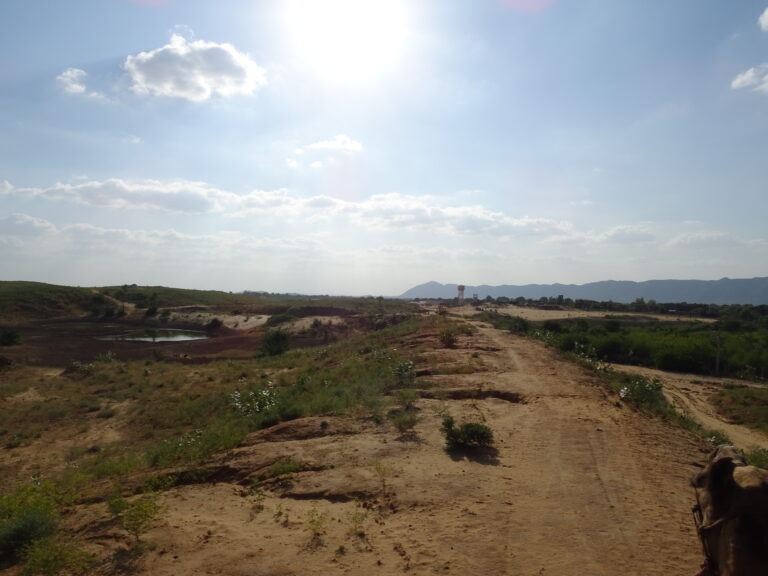
Threads of Patanajlis Wisdom recording of Session 1
Session 1 – Threads in Patañjali’s Wisdom For Session 2: Yoga and the Mind We explore Patañjali’s foundational definition: “Yoga is the control of

The development of internal resources through trauma-informed yoga practice represents a crucial aspect of therapeutic intervention, particularly for individuals managing heightened stress levels and secondary trauma responses. These internal resources, defined as adaptive psychological and physiological tools for managing challenging situations, play a fundamental role in maintaining psychological well-being and emotional resilience. Within the context of trauma-informed Iyengar yoga, the systematic development of these resources offers promising applications for individuals experiencing chronic stress, including partners of military personnel who frequently navigate complex emotional terrain.
The methodological framework of Iyengar yoga provides a structured approach to developing these internal resources through carefully sequenced practices that enhance both physical and psychological resilience. This systematic approach encompasses various dimensions of experience, including proprioceptive awareness, emotional regulation, and cognitive stability. Through regular practice, practitioners develop increasingly refined tools for managing stress responses and maintaining equilibrium in challenging situations.
The implementation of resource-building practices within trauma-informed Iyengar yoga occurs through several key pathways. Primary among these is the development of enhanced interoceptive awareness, which enables practitioners to identify early indicators of stress activation. This refined bodily awareness serves as a fundamental resource, allowing for earlier recognition and more effective management of stress responses.
The integration of pranayama (breathing techniques) provides practitioners with concrete tools for autonomic regulation. These practices, when implemented within a trauma-informed framework, offer immediate interventions for managing acute stress responses while simultaneously building capacity for long-term stress resilience. The careful attention to breath awareness and control characteristic of Iyengar yoga enhances the effectiveness of these regulatory practices.
The physical practice of asana, particularly standing poses and balance work, contributes to the development of both physical and psychological stability. These poses serve multiple therapeutic functions: they enhance proprioceptive awareness, develop physical strength and balance, and provide opportunities for practicing presence and concentration in challenging situations. The emphasis on precise alignment and sustained attention in these poses supports the development of increased capacity for maintaining stability under stress.
Clinical observations indicate several significant outcomes from this resource-building approach. Practitioners frequently report enhanced ability to identify and manage stress responses in daily life situations. This transfer of learning from yoga practice to everyday experience represents a crucial therapeutic outcome, suggesting the development of sustainable internal resources that extend beyond the immediate context of practice.
The structured environment of Iyengar yoga classes provides opportunities for systematic development of these resources through carefully calibrated challenges. The methodology emphasizes gradual progression, allowing practitioners to build capacity while maintaining psychological safety. This careful titration of challenge and support proves particularly valuable for individuals managing chronic stress or trauma responses.
Furthermore, the development of concentration and mental stability through focused practice offers additional resources for managing stress. The emphasis on precise attention and sustained awareness characteristic of Iyengar yoga supports the development of enhanced cognitive regulation capabilities. These mental resources complement physical and emotional regulatory skills, providing practitioners with a comprehensive toolkit for managing stress responses.
The observed effectiveness of these approaches in developing internal resources suggests several areas for future research investigation. Questions remain regarding the specific mechanisms through which yoga practice supports the development of stress resilience, as well as the optimal methods for implementing these techniques with various populations experiencing chronic stress or secondary trauma.
The integration of trauma theory with traditional yoga methodology in this context offers promising applications for stress management and resilience building. As this field continues to evolve, ongoing research and theoretical development will likely yield additional insights into the mechanisms and applications of these therapeutic approaches.
The systematic development of internal resources through trauma-informed Iyengar yoga practice represents a sophisticated approach to stress management and resilience building. Through careful attention to physical, emotional, and cognitive aspects of practice, practitioners develop enhanced capacity for managing stress responses while building sustainable internal resources. This work contributes to the broader field of trauma-informed somatic practices while offering practical applications for individual well-being and stress resilience.

Session 1 – Threads in Patañjali’s Wisdom For Session 2: Yoga and the Mind We explore Patañjali’s foundational definition: “Yoga is the control of

A course of selected themes from the Yoga Sutras with Dr. Agi Wittich The Yoga Sūtras of Patañjali are the philosophical heart of yoga.

In a recent Yoga Readers session, Dr. Lois Steinberg opened her teaching archives and personal memories, sharing stories that span four decades of study
Agi Wittich is a yoga practitioner since two decades, and is a certified Iyengar Yoga teacher. Wittich studied Sanskrit and Tamil at the Hebrew University of Jerusalem, Israel, completing a PhD with a focus on Hinduism, Yoga, and Gender. She has published academic papers exploring topics such as Iyengar yoga and women, the effects of Western media on the image of yoga, and an analysis of the Thirumanthiram yoga text.